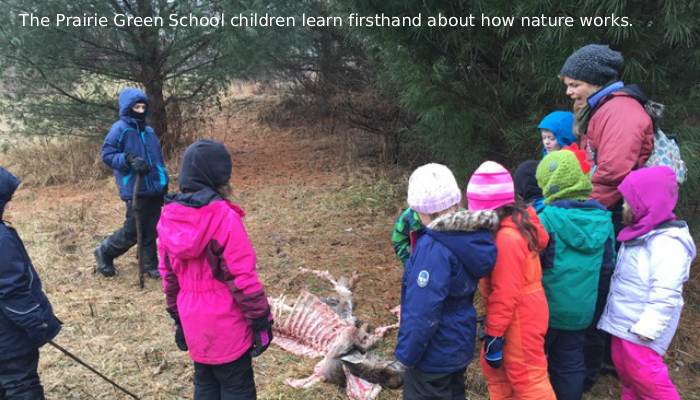Deer Metabolism and Deer Vulnerability

Our March 24 snowstorm left a thin icy crust and a few inches of snow on the ground. On the 25th the deer were still out at 10:00 am, staying in the shadows and pawing around for breakfast. The preceding day had brought hard driving east winds with assorted rain, sleet, and snow, and the deer had no doubt just stayed tucked into patches of conifers and deep sheltered ravines. But there is more to their story than just missing meals.
Deer have two separate metabolisms. When green plants are available spring to fall, their high-gear metabolism operates and allows them to nourish a rapidly growing fetus or rack of antlers. But when a serious snow or ice cover develops, come winter, they switch to a slower, less demanding metabolism, which allows them to get by on twigs and buds and other low-grade fuel.
The tricky part is that once they switch back to quality diet come spring, the new and more energetic metabolism cannot switch back again until next winter. So if late winter is lightweight and their world greens up, and then snow and ice cover it again, they are stuck with summer metabolism trying to process winter food, which doesn’t work. This is one of the big factors that limit whitetail’s northern range to around the US/Canada border here in the upper Midwest.
Researchers and park rangers near these northern limits often find starving deer in late winter and have learned from experience that if they bring them into confinement and feed them all the brushy food they can eat, they still die. But if they provide even moderate amounts of more digestible and higher protein food like processed oats, corn, and quality green alfalfa hay, they recover. A cute story a ranger told me at a Boundary Waters campground was that his children had brought home a starveling on their sled and Dad said they could keep it in their basement and take care of it. The kids fed it breakfast cereal, scrambled eggs, hot dogs, potato chips, mashed potatoes, and whatever they were eating, and the little critter not only thrived but also developed lustrous new fur.
Here in southeast Iowa, spring snowstorms and sleet storms rarely blanket the landscape for more than a week. In winter 2000-01, I was doing a long-term research project for the EPA southeast of Iowa City, and we had a winter described by the DNR Wildlife Bureau as “the toughest winter in 36 years on deer.” But our local deer had had a good autumn and went into winter with a thick layer of fat along their back and over their rump, which I and other hunters observed when we skinned out our kills. The late winter deer in my research area were out all day, even in full sunshine, and I had been observing a herd regularly with a high powered scope. While they were hungry, I could tell they were not starving. All had bright eyes, sleek fur, appeared alert, and no ribs showed. And all were still there when greenup finally arrived – rather late. Fat is a very high quality source of energy, which is why we all store it and all prefer to eat it.
Here in southeast Iowa, starvation rarely kills deer. Most mortalities are caused by some combination of factors, which make them a bit slower than their predators: deep snow, parasites, poor nutrition, inexperience, genetic flaws, disease, injury, age, and bad luck.
And here in southeast Iowa, whitetails are among the creatures least in need of our care and concern. Further south, the summers are harder on them, and further north it’s the winters. But this is their Goldilocks zone. And they are creatures of the edges, so our fragmentation of the landscape suits them just fine as long as patches of prairie and woodland and wetland remain. But on the horizon, the chronic brain-wasting disease is spreading this way from Wisconsin.


